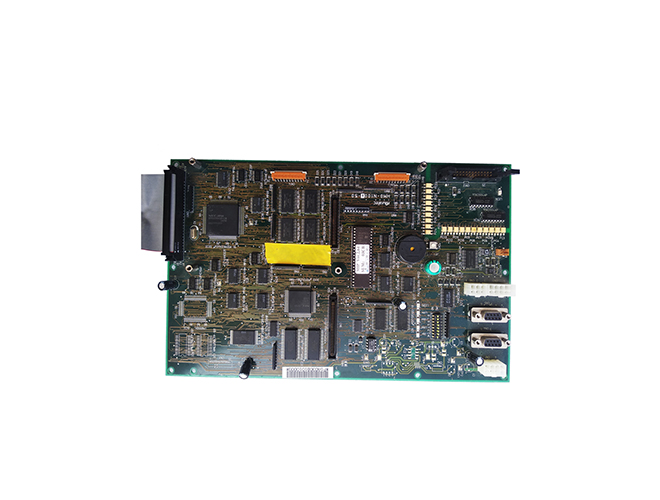-
CN
-
Service Hotline
+8618129931046 Mr. Liao


Time:2025-04-28 Views:1

UL (Underwriter's Laboratories) certification is highly regarded in the electronics industry as it ensures the safety and quality of products. When it comes to PCB (Printed Circuit Board) boards, UL has specific requirements that manufacturers must meet.
Material Standards
UL has strict standards for the materials used in PCB boards. For example, the substrate materials, such as fiberglass - reinforced epoxy resin (FR - 4) commonly used in PCBs, must meet UL's flammability requirements. These materials should be able to resist burning and prevent the spread of fire in case of an electrical fault. UL 94 is a well - known standard for flammability testing of plastics used in PCBs. Materials are classified based on their performance in the test, with ratings like V - 0 (the highest level of flame resistance) being preferred for applications where fire safety is crucial. Additionally, the conductive materials, such as copper foils used for traces on the PCB, should have appropriate electrical conductivity and durability to ensure reliable electrical connections.
Manufacturing Process Compliance
Manufacturers need to follow proper manufacturing processes to obtain UL certification. This includes ensuring that the PCB fabrication process, from circuit layout design to soldering and component assembly, adheres to UL's guidelines. For instance, the soldering process should be consistent and of high quality to prevent cold solder joints, which can lead to electrical failures. UL may require manufacturers to maintain detailed records of the manufacturing process, including the use of specific equipment, soldering temperatures, and quality control checks at each stage.
Flammability Testing
As mentioned earlier, flammability testing is a key aspect of UL certification for PCBs. The entire PCB board, along with any components attached to it, must pass the flammability test. This test simulates real - world fire scenarios to assess how the PCB will perform. In some cases, PCBs may need to be treated with flame - retardant coatings or materials to meet the UL flammability standards. The test results are used to determine if the PCB can be labeled with the UL mark, indicating that it has met the necessary fire - safety requirements.
Component Sourcing
If the final product containing the PCB is intended to be UL - listed, the components used on the PCB must be sourced from UL - certified suppliers. This ensures that all critical components, such as resistors, capacitors, and integrated circuits, meet the standards set for UL design. Using components from non - certified suppliers can lead to the rejection of the PCB for UL certification, as the overall safety and performance of the product may be compromised.